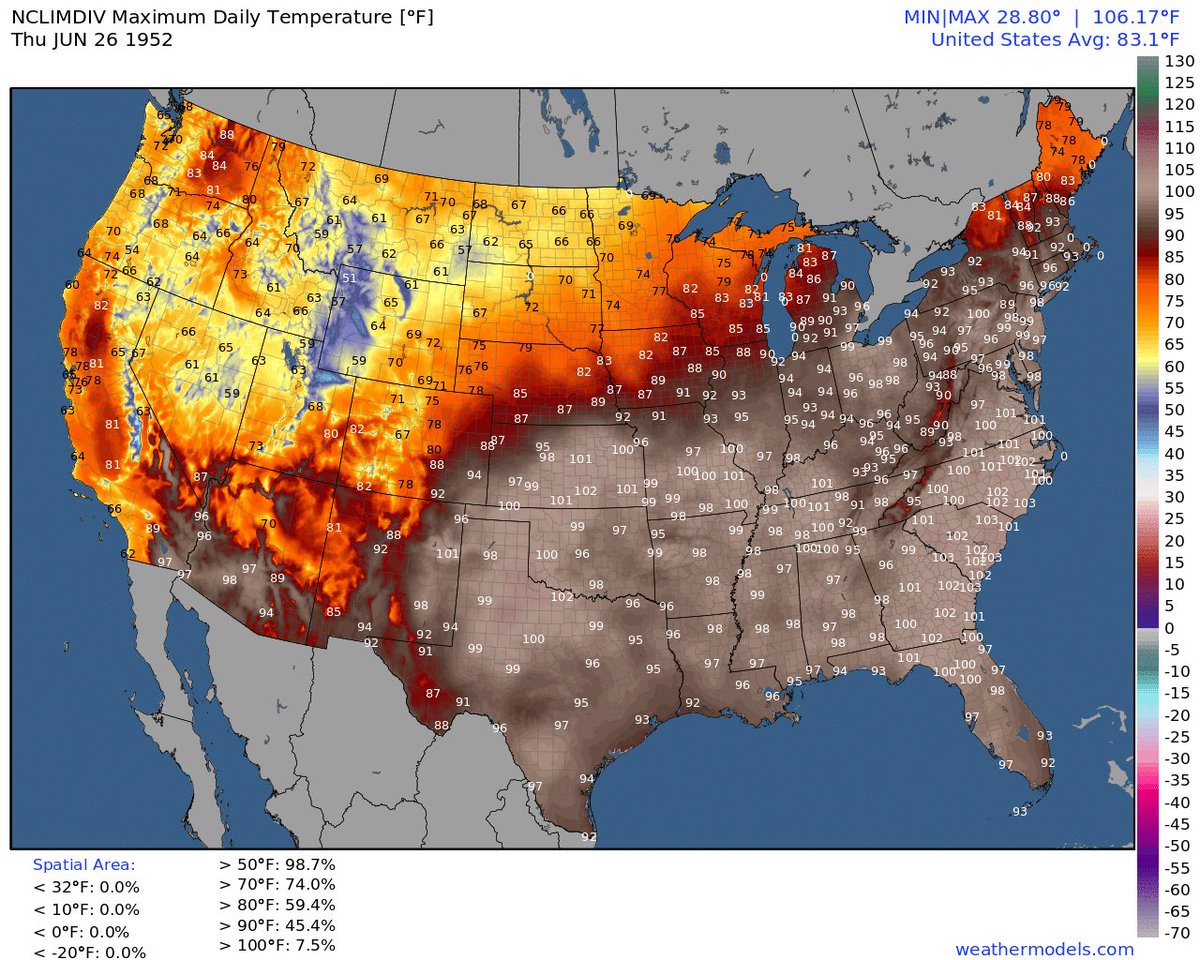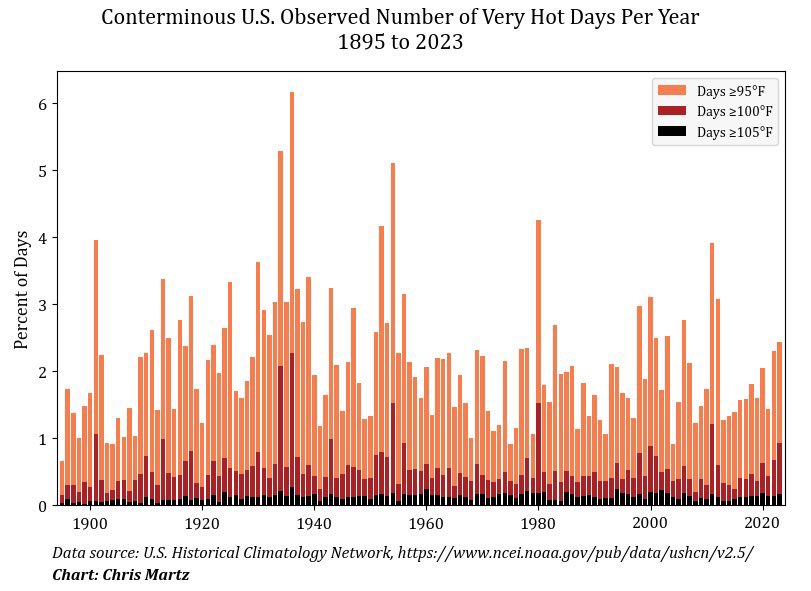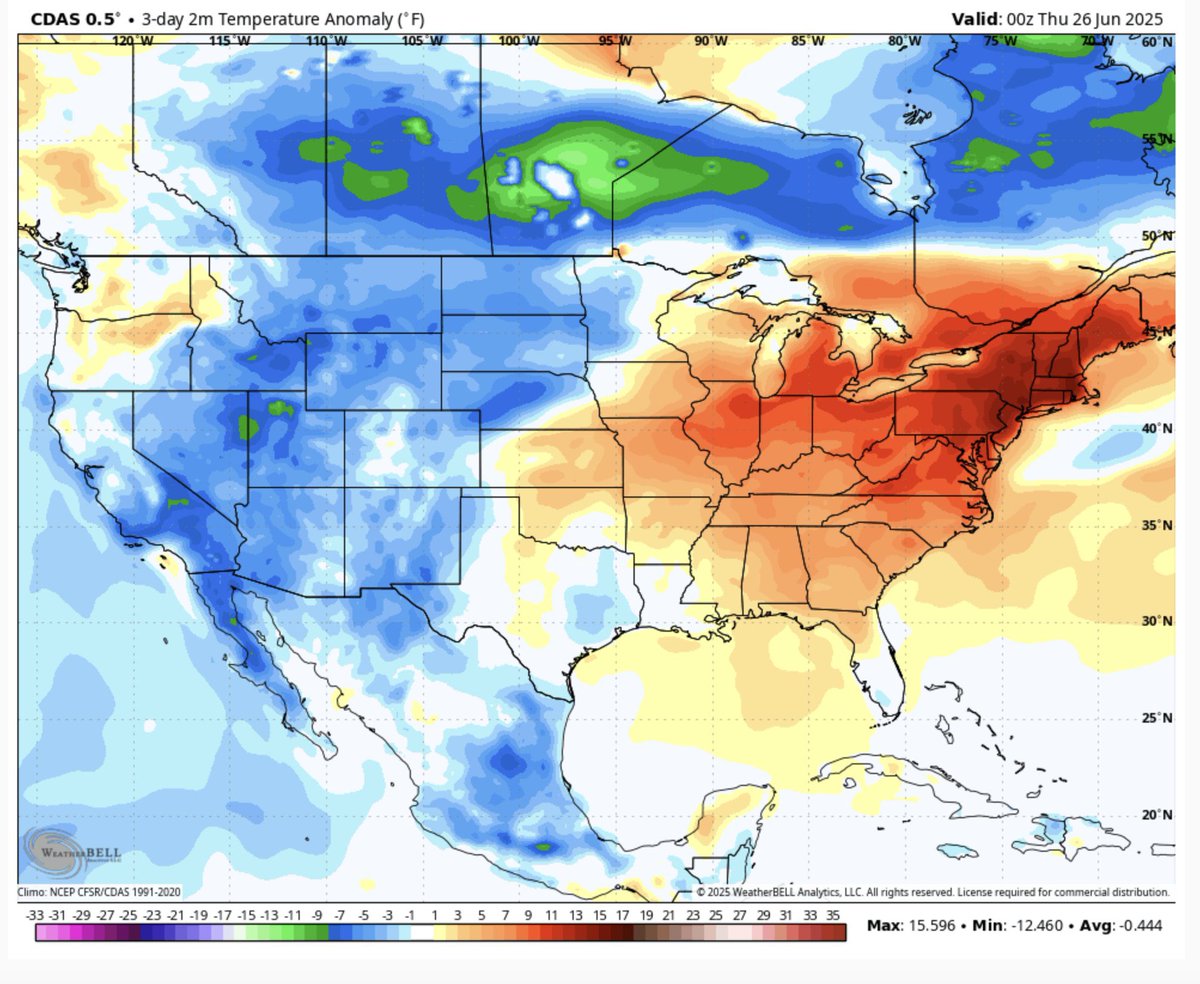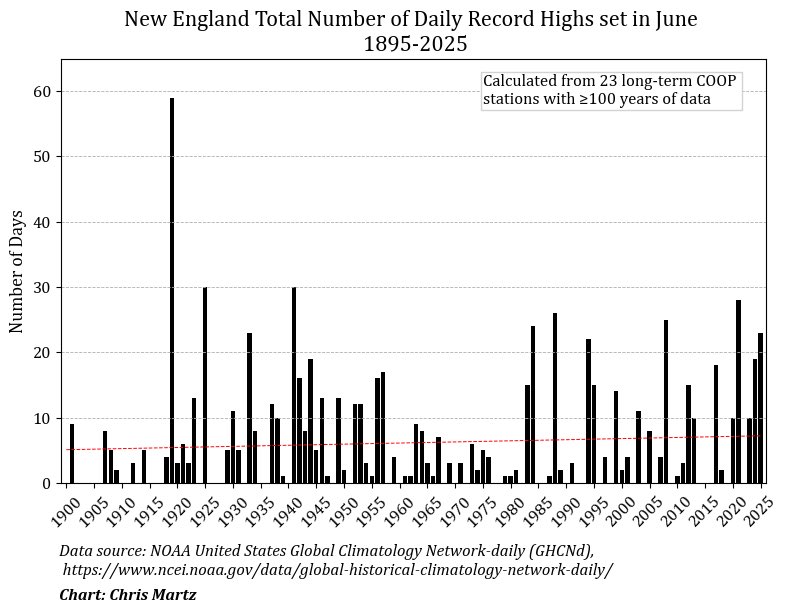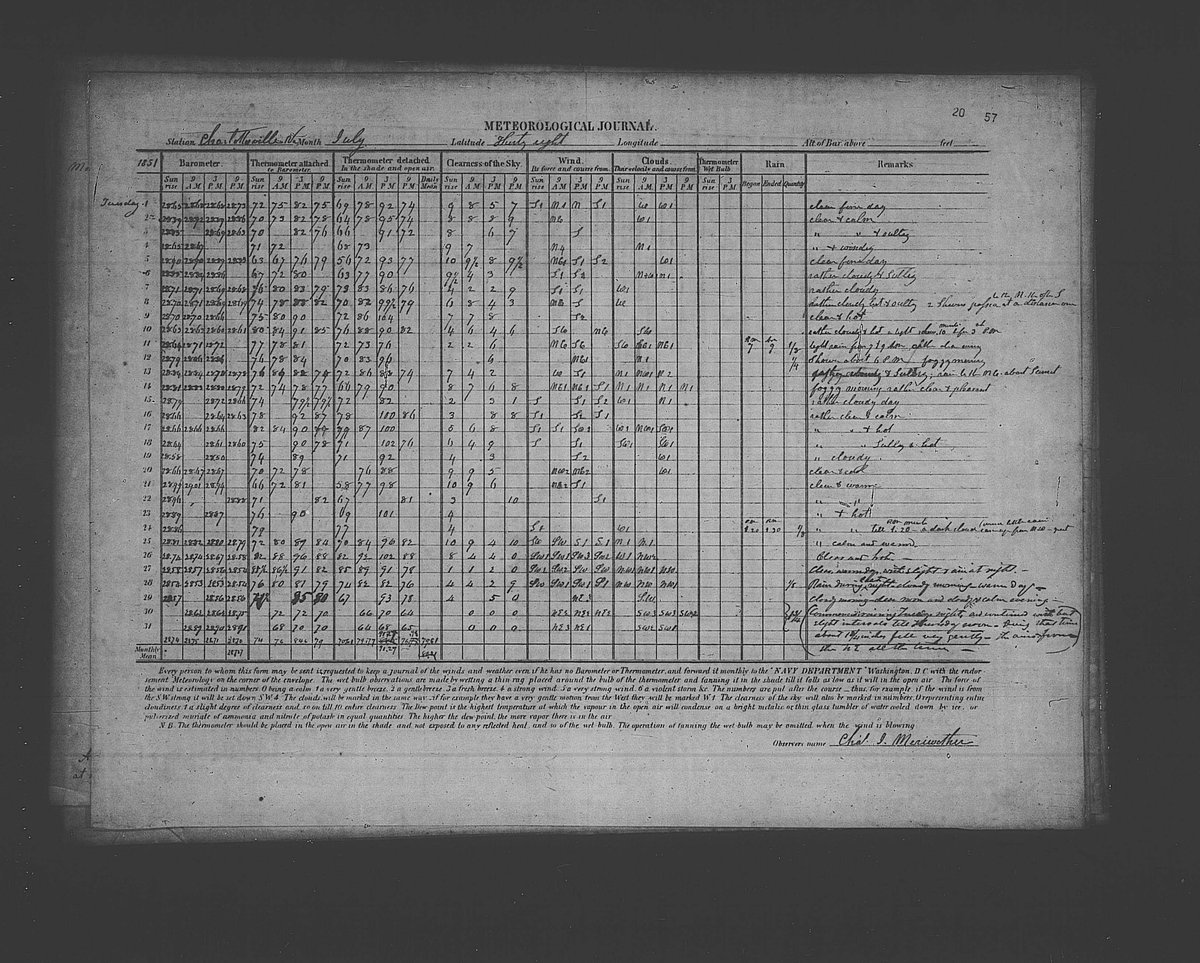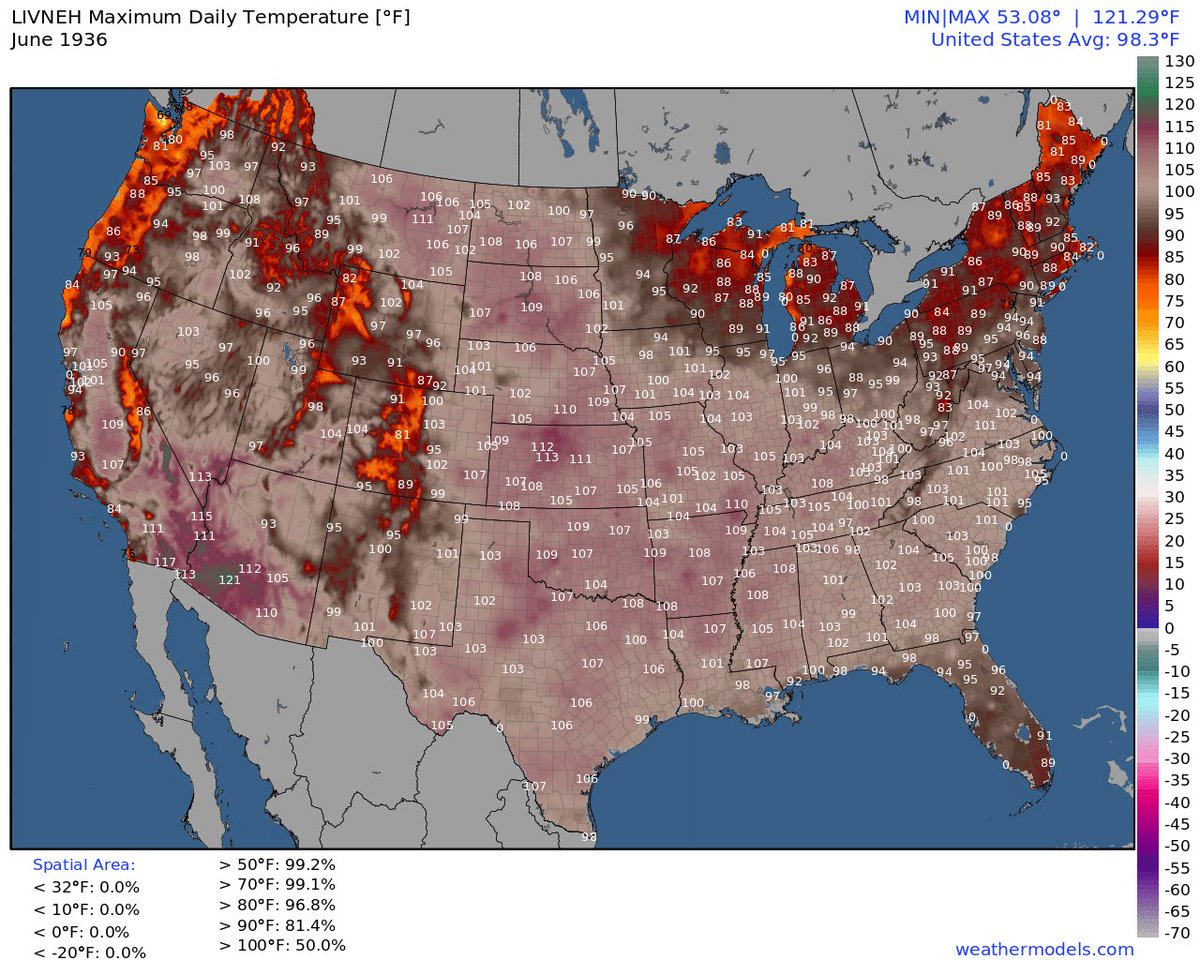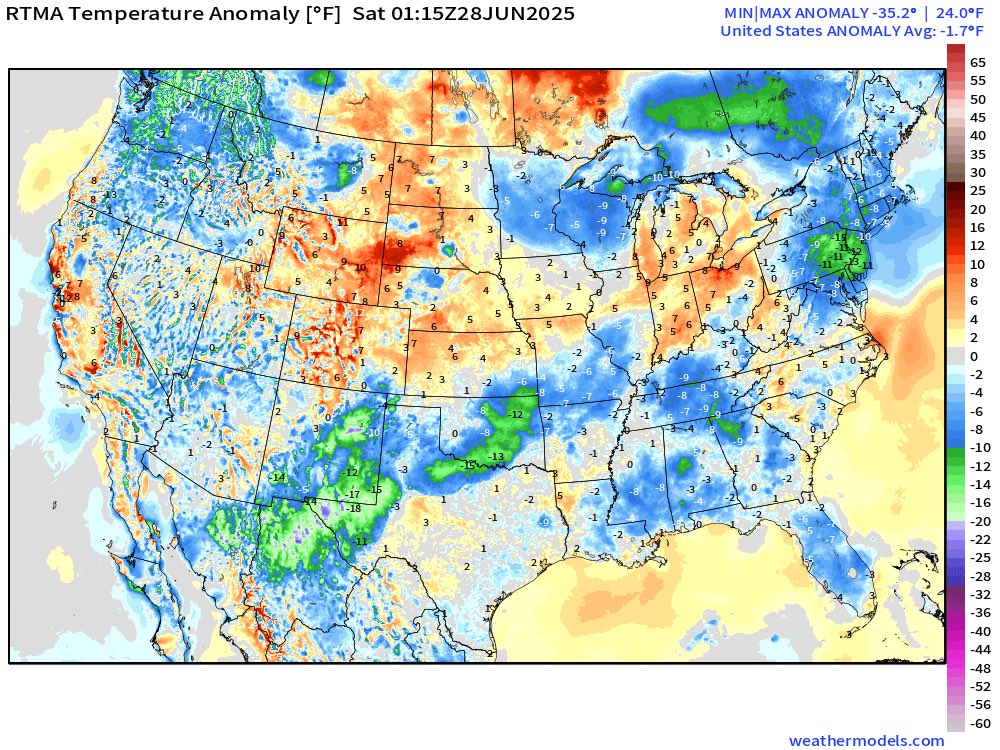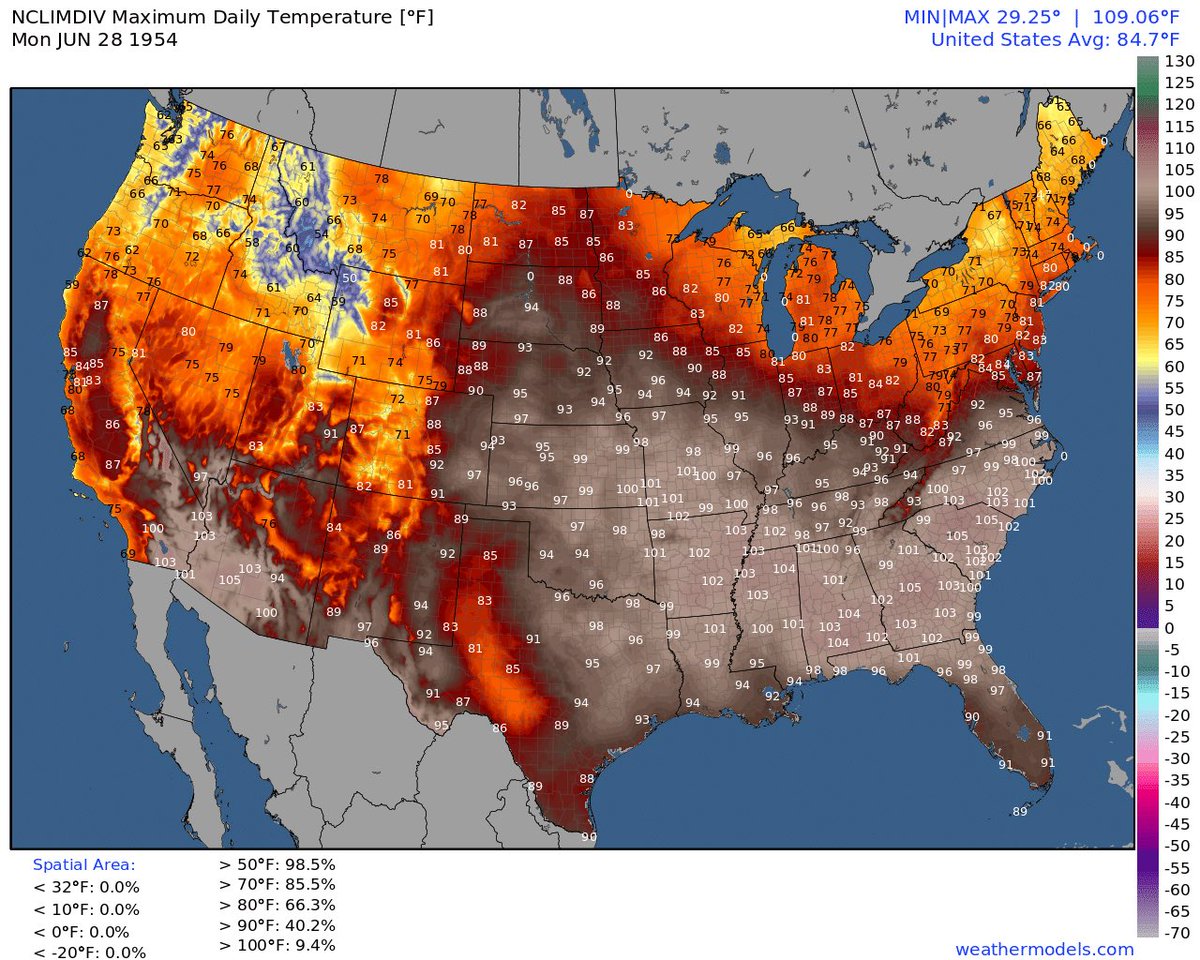
Chris Martz
@chrismartzwx
Meteorology student. Climate + energy. Python programmer. Weather guesser. Opinions my own. They call me Martzy. facebook.com/ChrisMartzWX
ID: 1060632416434434049
http://cfact.org 08-11-2018 20:37:28
49,49K Tweet
117,117K Followers
998 Following




This is very misleading. 🤥 First, that map shows the heat index (i.e., the “feels-like temperature”), not actual air temperature. Either you [or whoever you grabbed this image from] deliberately cropped that critical information out from that map off of weathermodels.com.
![Chris Martz (@chrismartzwx) on Twitter photo This is very misleading. 🤥
First, that map shows the heat index (i.e., the “feels-like temperature”), not actual air temperature. Either you [or whoever you grabbed this image from] deliberately cropped that critical information out from that map off of <a href="/weathermodels_/">weathermodels.com</a>. This is very misleading. 🤥
First, that map shows the heat index (i.e., the “feels-like temperature”), not actual air temperature. Either you [or whoever you grabbed this image from] deliberately cropped that critical information out from that map off of <a href="/weathermodels_/">weathermodels.com</a>.](https://pbs.twimg.com/media/GubR_6DWcAAvJIt.jpg)










